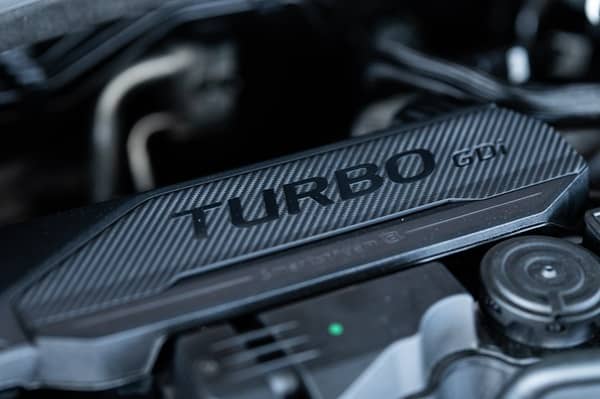Turbochargers have become an essential component in modern vehicles, improving engine efficiency and power. However, like any mechanical part, turbos are subject to wear and tear over time. When this happens, rebuilding the turbocharger can be a cost-effective way to restore its functionality without the expense of buying new. The process of rebuilding a turbocharger is a meticulous one, involving several key steps that ensure the turbo returns to peak performance.
Step 1: Initial assessment and disassembly
The first step for a turbo rebuild is a thorough assessment of the unit. This involves inspecting the turbocharger for visible signs of damage or wear. Common issues include oil leaks, worn bearings, and damaged compressor or turbine wheels. An accurate diagnosis at this stage is crucial as it determines the scope of the rebuild.
Once the initial assessment is complete, the turbocharger is disassembled. This step requires careful handling to avoid further damage to any of the components. The turbo is broken down into its main parts, including the compressor housing, turbine housing, bearing housing, and rotating assembly. Each component is separated and prepared for cleaning and inspection.
Step 2: Cleaning and inspection of components
After disassembly, the individual components of the turbocharger undergo a thorough cleaning process. This step is vital for removing any debris, carbon deposits, or oil residue that may have accumulated. Various methods, such as ultrasonic cleaning or chemical baths, are used to ensure that each part is completely clean.
Following cleaning, a detailed inspection is conducted on each component. This inspection includes checking for cracks, pitting, or any form of distortion that could affect the turbo’s performance. The rotating assembly, which includes the turbine shaft and compressor wheel, is particularly scrutinised for any signs of wear or imbalance. Bearings and seals are also inspected closely, as these are common points of failure in a turbocharger.
Step 3: Replacement of worn or damaged parts
In the turbo rebuild process, any parts that are found to be worn or damaged beyond acceptable limits are replaced. Commonly replaced parts include bearings and sometimes the compressor or turbine wheels if they are excessively worn. The replacement parts are carefully selected to match the specifications of the original components, ensuring that the rebuilt turbo performs as well as, or better than, the original.
This step is crucial in the turbo rebuild process, as the quality of the replacement parts directly affects the longevity and reliability of the rebuilt turbocharger. Reputable suppliers provide parts that meet or exceed the original equipment manufacturer (OEM) standards, which is essential for maintaining the integrity of the rebuild.
Step 4: Reassembly with precision
Once the necessary parts have been cleaned, inspected, and replaced, the turbocharger is reassembled. Reassembly is done with great precision, as even a small misalignment can lead to issues such as vibration or imbalance, which can severely affect the turbo’s performance. Special tools and fixtures are often used to ensure that each component is correctly positioned. During the turbo rebuild, the rotating assembly is balanced to avoid any operational issues.
Step 5: Testing and quality control
After reassembly, the rebuilt turbocharger undergoes rigorous testing to verify its performance. This testing includes both visual inspections and functional tests. The turbo is subjected to conditions that simulate real-world operation, such as high-speed rotation and varying pressure levels, to ensure that it can withstand the demands of regular use.
One of the key tests performed is a balance check, which ensures that the rotating assembly is free of vibration. Additionally, the turbo is tested for any leaks, particularly in the oil seals, as these can lead to reduced performance or damage to the engine. The performance of the turbocharger is measured against OEM specifications, and only those units that pass all tests are approved for use.
Step 6: Final inspection and packaging
The final step in the turbo rebuild process is a comprehensive inspection before packaging. This inspection verifies that all components are correctly assembled and that the turbocharger meets all quality standards. Any defects or issues identified at this stage are addressed before the turbo is considered ready for use. Once the final inspection is complete, the turbocharger is carefully packaged to protect it during storage and transportation.
Rebuilding a turbocharger is a detailed and methodical process that involves several important steps. From the initial assessment to the final inspection, each stage is designed to restore the turbo to its original performance levels. For vehicle owners and fleet managers alike, a rebuilt turbocharger offers a cost-effective and reliable alternative to purchasing new, extending the life of the turbo and maintaining vehicle performance.








